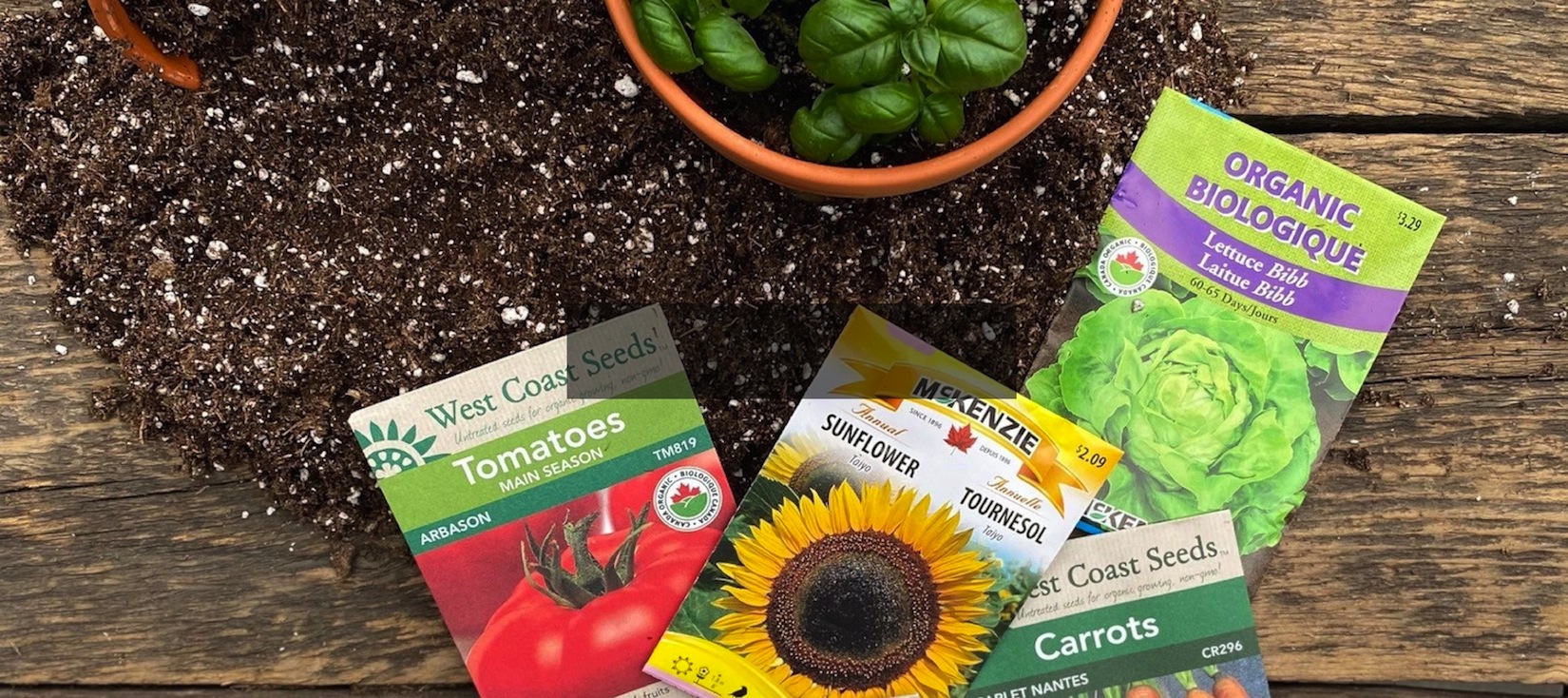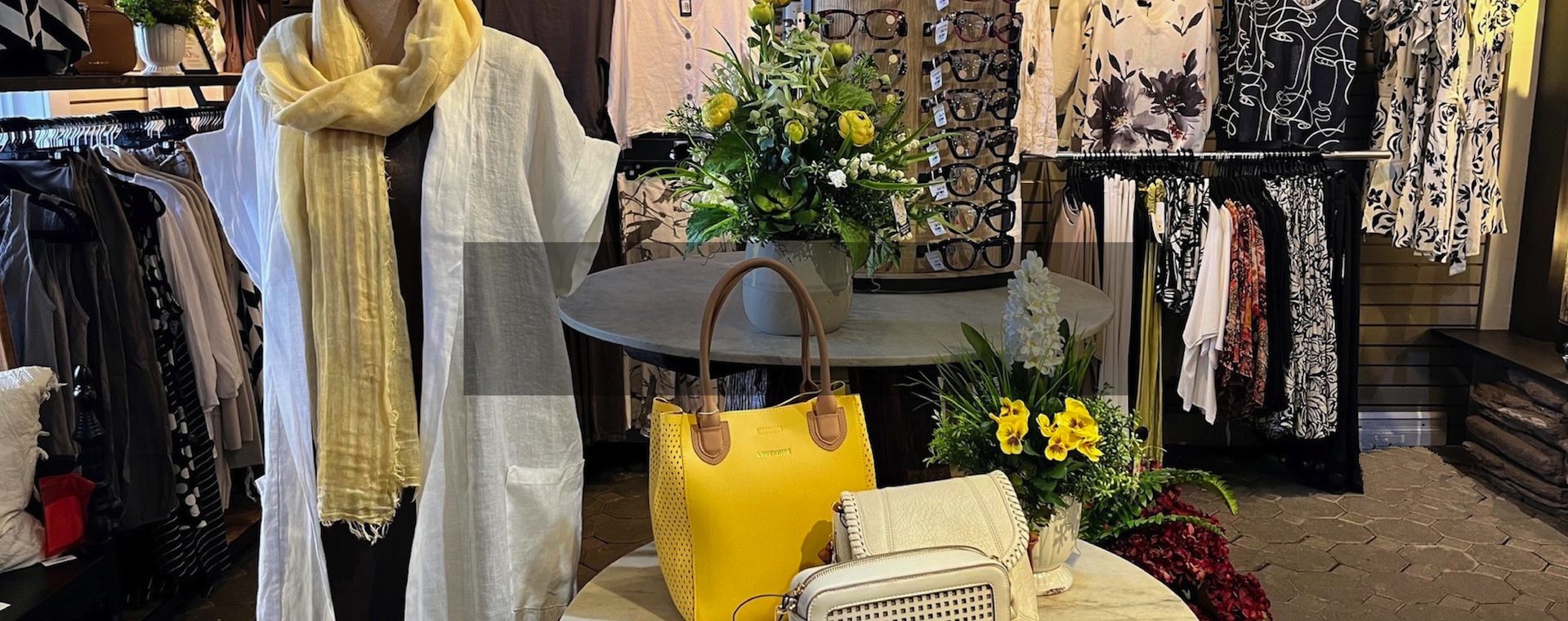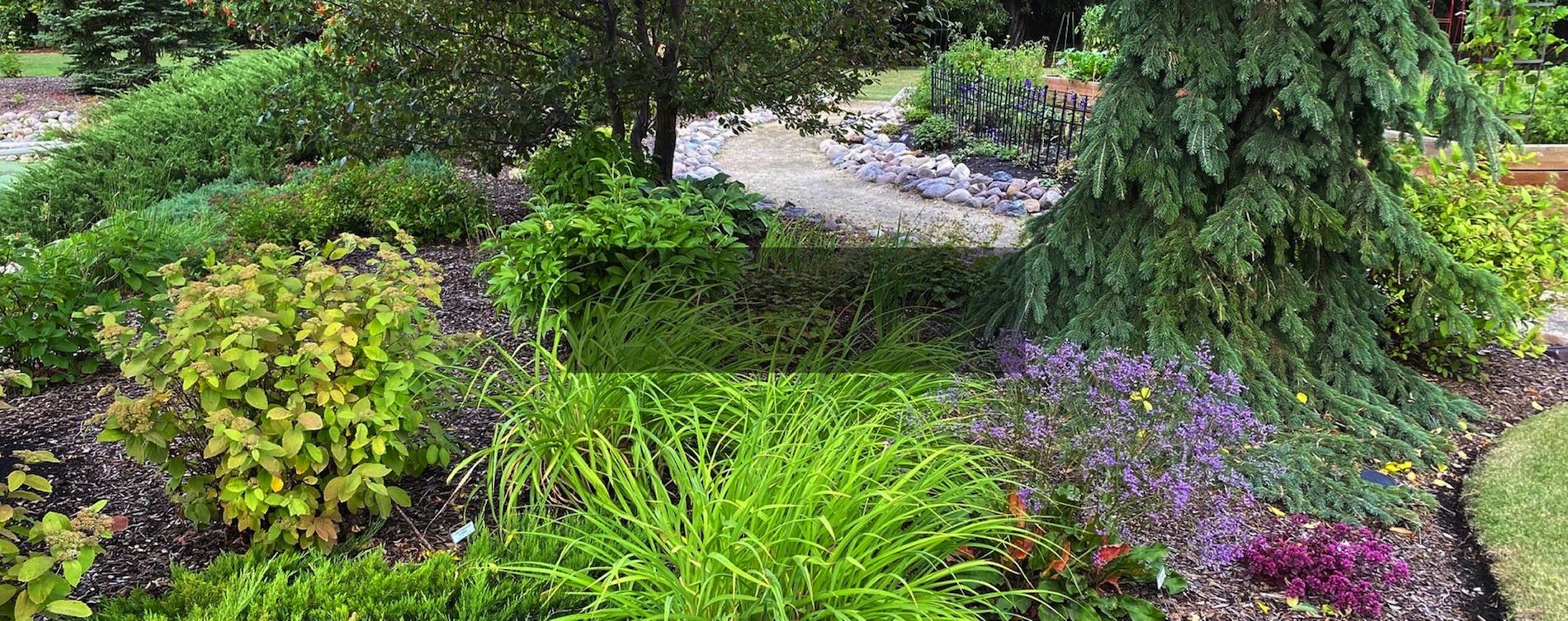Growing Poinsettia

Choosing Poinsettias
Transporting Poinsettias
Caring for Poinsettias

Keeping Your Poinsettia from Year to Year
January: After blooms fade, begin to fertilize every two weeks with 20 – 20 –20 at half strength.
February: Keep your poinsettia near a sunny window and keep it evenly moist.
April: Cut back stems to 6” above the soil.
May: Fertilize with 20 – 20 – 20 at 1 tsp. per gallon of water at every third watering.
June: Remove the plant, and check for an abundance of roots, which shows that the plant needs repotting. You can either repot into a pot one size up or simply take it out of the pot and trim one inch from the sides and bottom of the root ball and repot into the same size pot.
Use an all-purpose potting mix for this. Place your poinsettia outside where it can receive light shade provided the temperature does not drop below 10ºC (be prepared to bring your poinsettia in at night if this happens). Fertilize with 20 – 20 – 20 at 1tsp per gallon of water every second watering.
Mid-August: Keep the plant inside in direct sunlight, cutting the stems back, but leaving three or four leaves per stem. Continue to water and fertilize.
Mid-September to December 1: Position your poinsettia next to a window until 5 p.m. From 5 p.m. to 8 a.m. place it in a closet or dark box for complete darkness.





